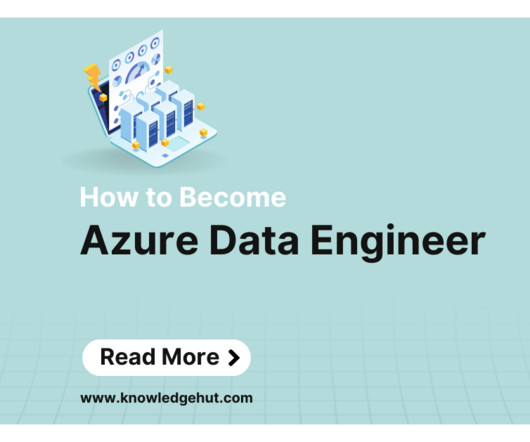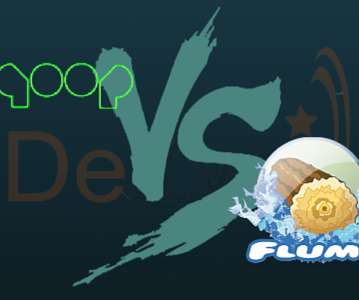How to Become an Azure Data Engineer? 2023 Roadmap
Knowledge Hut
NOVEMBER 17, 2023
To be an Azure Data Engineer, you must have a working knowledge of SQL (Structured Query Language), which is used to extract and manipulate data from relational databases. You should be able to create intricate queries that use subqueries, join numerous tables, and aggregate data.












Let's personalize your content